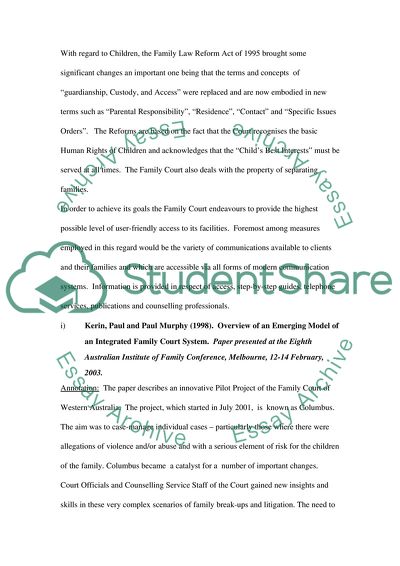Cite this document
(“Family Court of Western Australia Essay Example | Topics and Well Written Essays - 2000 words - 1”, n.d.)
Family Court of Western Australia Essay Example | Topics and Well Written Essays - 2000 words - 1. Retrieved from https://studentshare.org/law/1536700-family-court-of-western-australia
Family Court of Western Australia Essay Example | Topics and Well Written Essays - 2000 words - 1. Retrieved from https://studentshare.org/law/1536700-family-court-of-western-australia
(Family Court of Western Australia Essay Example | Topics and Well Written Essays - 2000 Words - 1)
Family Court of Western Australia Essay Example | Topics and Well Written Essays - 2000 Words - 1. https://studentshare.org/law/1536700-family-court-of-western-australia.
Family Court of Western Australia Essay Example | Topics and Well Written Essays - 2000 Words - 1. https://studentshare.org/law/1536700-family-court-of-western-australia.
“Family Court of Western Australia Essay Example | Topics and Well Written Essays - 2000 Words - 1”, n.d. https://studentshare.org/law/1536700-family-court-of-western-australia.


